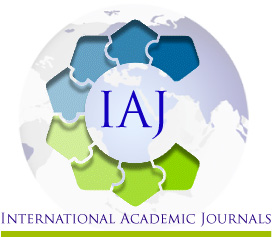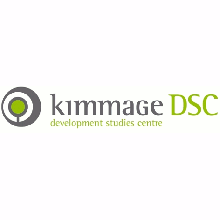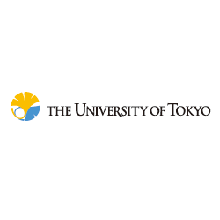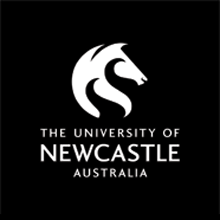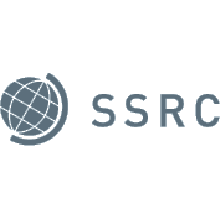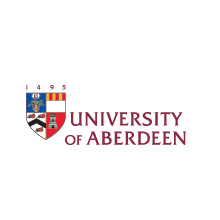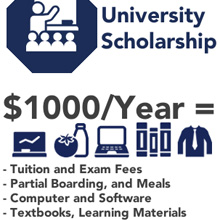MIRAA GROWING PRACTICES INFLUENCE ON KENYA CERTIFICATE OF SECONDARY EDUCATION EXAMINATION PERFORMANCE AMONG BOYS IN DAY SECONDARY SCHOOLS IN MERU COUNTY
MIRAA GROWING PRACTICES INFLUENCE ON KENYA CERTIFICATE OF SECONDARY EDUCATION EXAMINATION PERFORMANCE AMONG BOYS IN DAY SECONDARY SCHOOLS IN MERU COUNTY
Edna Gakii Ntongai - Department of Educational Management Policy and Curriculum Studies, Kenyatta University, Kenya
Dr. Ephantus Kaugi - Department of Educational Management Policy and Curriculum Studies, Kenyatta University, Kenya
ABSTRACT
Miraa which is considered both as a recreational and as a medicinal herb with addiction tendencies among its users is a major cash crop in Meru County. As a herb or substance, people including school going children take and many times get addicted. Miraa growing an economic activity, which requires labour for picking, packing, distribution and selling. Young people including school going children and students often get involved in these activities. This is likely to affect their school performance. The objectives of this study were: First, to determine if picking, packing, and selling of miraa affects learner’s motivation and attitude towards learning amongst boys in day secondary schools: Secondly, to determine if picking, packing, and selling of miraa affects quantity and quality of instruction amongst boys in day secondary schools, and finally, to determine if picking, packing, and selling of miraa affects discipline of boys in day secondary school in Meru County. This study was guided by Walberg's educational productivity theory. A descriptive survey research design was used to conduct the study. The target population was day secondary schools, principals, teachers and students from Igembe Central, Igembe South, and Igembe North sub-counties of Meru County. The study employed a stratified sampling and purposive sampling techniques to sample the study respondents. A sample of 360 respondents was obtained which consisted of 30 principals, 30 teachers and 300 students. A questionnaire for students and another questionnaire for the teachers were used in this study. Data from school principals was collected using an interview guide. Descriptive statistics was utilised to analyse quantitative data through use of SPSS version 24 while thematic analysis was used for qualitative data. The quantitative data was presented in form of percentages and frequencies while qualitative data was presented in a narrative form. The study found that: the students utilised tuition time in miraa growing activities during school days make money: many students spent significant time on miraa-related tasks to earn money which reduced their chances of revising for the examinations; bad discipline influences students class attendance and may also make them unruly affecting their performance in KCSE. There are learners who are adversely affected by miraa in the school and thus lose interest in schooling affecting their performance. The study concluded that the involvement of students in miraa growing negatively influenced their performance in KCSE as it gives them less time to participate in learning. The study recommends involvement of relevant stakeholders in the county to ensure adherence to policy on education access and completion.
